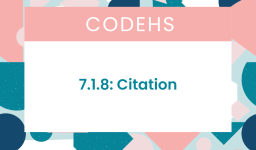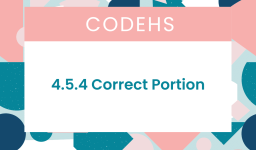The most common answer is:
square_length= int(input(“what should the length of the squares be?: “))
penup()
def making_square():
for i in range(4):
pendown()
forward(square_length)
left(90)
penup()
def skkkrt():
penup()
forward(300)
def skkrt():
setposition(-200,100)
penup()
setposition(-200,-200)
making_square()
skkkrt()
making_square()
skkrt()
making_square()
skkkrt()
making_square()
setposition(-200,-200)
The code snippet is intended to draw squares in the four corners of the screen, with the square length determined by user input. However, as mentioned previously, the use of input() for interactive user input isn’t feasible in this environment.
Let’s modify the code to use a predefined square length instead, and also make some adjustments for clarity and functionality using the turtle graphics library.
Below is the revised code:
import turtle
square_length = 100 # Predefined square length
def making_square():
for i in range(4):
turtle.pendown()
turtle.forward(square_length)
turtle.left(90)
turtle.penup()
def move_to_starting_position(x, y):
turtle.penup()
turtle.goto(x, y)
# Initialize turtle settings
turtle.speed(0)
# Top left corner
move_to_starting_position(-200, 200)
making_square()
# Top right corner
move_to_starting_position(100, 200) # Adjusted based on the square length and screen size
making_square()
# Bottom left corner
move_to_starting_position(-200, -100) # Adjusted for clarity
making_square()
# Bottom right corner
move_to_starting_position(100, -100) # Adjusted to place the square correctly
making_square()
turtle.done()
This code sets up the turtle graphics environment, defines a making_square function to draw a square of a predefined length, and moves the turtle to four different starting positions corresponding to the screen’s corners before drawing a square in each.
Adjustments to the positions (move_to_starting_position calls) might be necessary based on your actual window size and desired square locations. The turtle.goto(x, y) function is used for moving the turtle to specific coordinates, which helps in positioning the squares precisely in the four corners.



